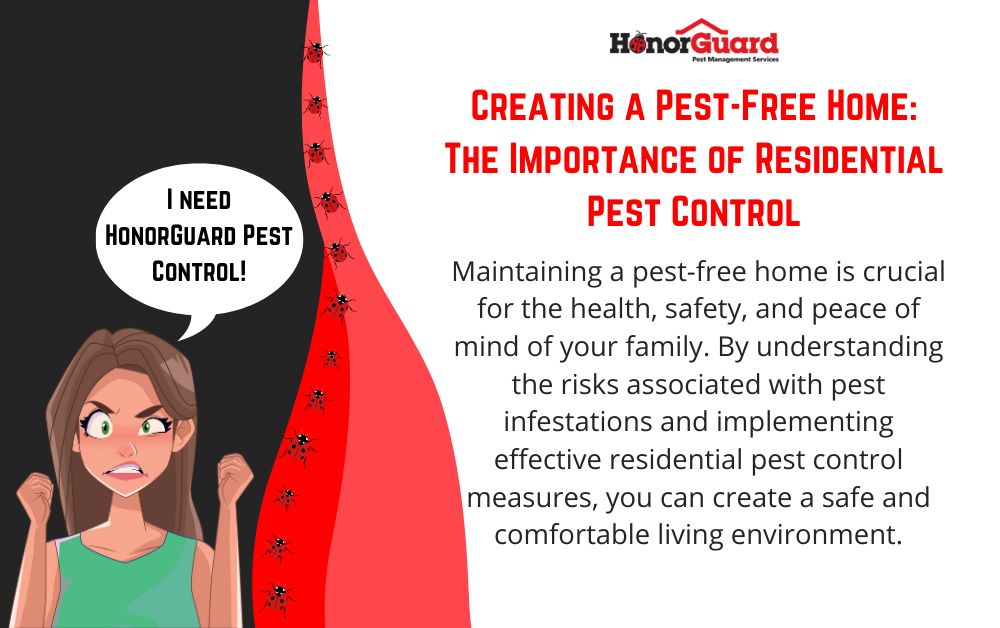Our Pestwise PDFs
Our Pestwise PDFs
Blog Article
The Facts About Pestwise Revealed
Table of ContentsThe Definitive Guide for PestwiseThe 2-Minute Rule for PestwiseThe Only Guide for PestwiseNot known Facts About PestwiseSome Ideas on Pestwise You Should KnowIndicators on Pestwise You Should KnowThe Best Guide To Pestwise

Q. Specify "incorporated parasite monitoring" (IPM) and list a number of possible control strategies that may be utilized in an IPM method. A. Integrated bug administration is the incorporating of appropriate insect control strategies into a single plan to minimize bugs and their damage to an acceptable level. Pest control strategies may include: host resistance, biological control, cultural control, mechanical control, hygiene, and chemical (chemical) control.
The Main Principles Of Pestwise
What can you do to maintain the parasites you are attempting to control from coming to be immune to the pesticides you utilize? A. Insect resistance can be reduced by utilizing incorporated bug administration and turning the sorts of chemicals used.
Bugs are an essential risk to the farming organization, and integrated bug management helps cultivators address and minimize these threats. Integrated pest administration uses numerous approaches in facility, thus being a more efficient solution to the issue. Bed Bug Treatment. In particular, getting rid of hostile chemical approaches enables lessening injury to individuals and the setting by using natural and more secure options rather
The 8-Second Trick For Pestwise
The objective of integrated parasite monitoring is to decrease this damage and control acceptable infestation degrees instead of eliminate all undesired populations. This is why it is very important to recognize what actions are warranted in each instance and usage hostile ones just when other integrated management strategies do not function. Integrated management reduces the negative consequences of a non-IPM approach, and the major advantages of IPM Perks of IPM.
A right understanding of the infestation scope identifies if the trouble ought to be dealt with. are the next components of an IPM program because it is essential to realize if the organisms make possible dangers and make a decision on the incorporated management options or the details pesticide use. mean to lower problems by applying various agronomic strategies.
Not known Incorrect Statements About Pestwise
Integrated monitoring options in an IPM program start with safer to more aggressive ones. The above-mentioned incorporated management aspects assist understand just how to intend and apply an IPM program step by action: Display your plants on a regular basis.

Among others, IPM cultural approaches include the adhering to area monitoring methods: dirt treatment; choice of suitable plants; plant turning; interplanting or strip chopping; option of growing dates; weed control; use of trap plants. Desirable soil problems speed up plant growth, and energetic crops are extra resistant to invasions. Healthy and balanced seed startings and seeds predetermine successful crop growth, so it is important to choose pest-free planting product with solid roots.
Therefore, amongst various other applications, plant turning can be properly made use of as an integrated insect administration approach. Vermin spread slower if rows of different crop types separate their host plants in intercropping or strip chopping, which is additionally used in the integrated bug monitoring system. Conversely, invasions raise when plants of the very same crop kind or household grow together.
, as well as tomatoes. Planting catch plants in spots is one more option for IPM intercropping. This integrated parasite monitoring technique suggests bring in pests to specific plants and after that managing them with chemical or mechanical methods.
9 Simple Techniques For Pestwise
Barriers are normal examples of physical IPM approaches. Mature bugs or their eggs and larvae are collected by hand and damaged.

Division of Plant Sciences. This integrated management method indicates a common method of ruining parasites by killers, parasitoids, pathogens, and other organic control representatives (also known as antagonistic organisms). The role of biological control in IPM is to.
Pestwise Fundamentals Explained
With time, their population transformed out to be a real hassle to farmers together with native kangaroos or dingoes. The cane toad is an additional case showing incorporated organic control failure in this respect when it declined to hunt the target types and came to be a parasite itself. Parasitoids create on or within their hosts to at some point eliminate them after growing.
Report this page